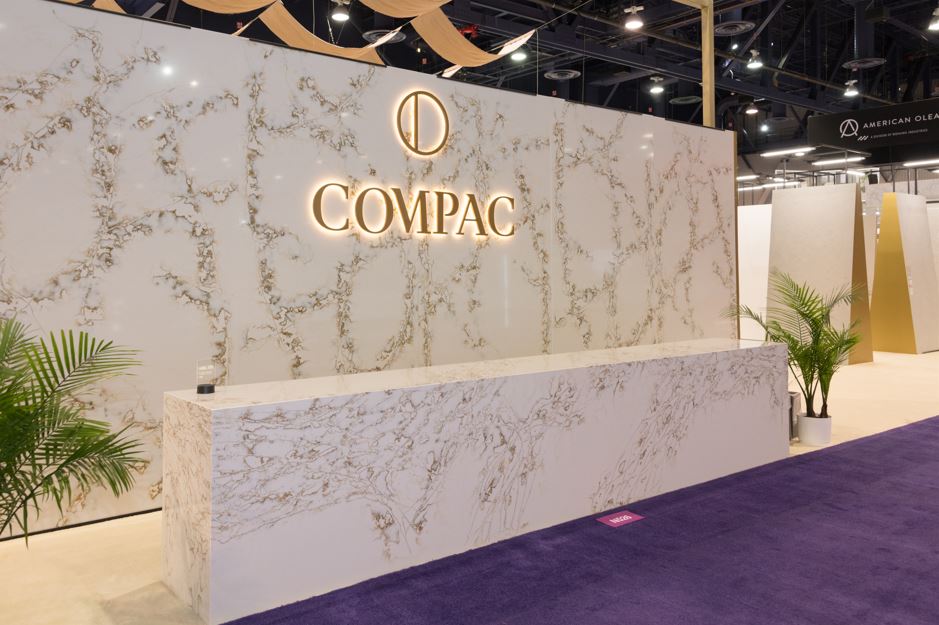On the threshold of the 21st century, humanity faces unprecedented challenges that threaten the sustainability of our planet and the well-being of future generations. Two of the greatest challenges of our time are climate change, driven by rising greenhouse gas emissions, and rapid urban growth, with more than half of the world’s population living in cities.
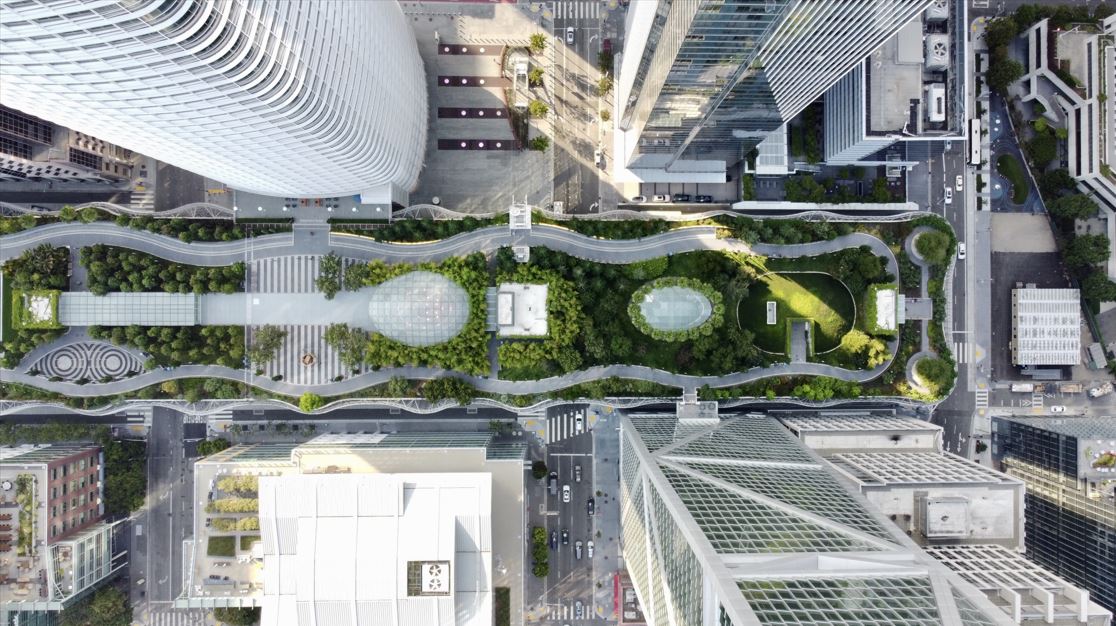
Image 1. Salesforce Transit Center in San Francisco, United States. Source: Freepik
With this in mind, urban regeneration and green architecture emerge as innovative trends and key solutions to address these global challenges. Urban regeneration aims to revitalise urban areas that have been abandoned or have fallen into disrepair, transforming them into vibrant, healthy and sustainable spaces.
On the other hand, green architecture presents itself as an essential ally in this effort to redesign the future of our cities. Through the use of clean technologies, sustainable materials and innovative designs, it seeks to minimise the environmental impact of buildings and urban spaces, while improving the quality of life of their inhabitants. From buildings that generate their own energy to public spaces that promote biodiversity and efficient water management, green architecture demonstrates that it’s possible to combine progress and sustainability.
Urban Regeneration: Current Concepts and Practices
In the heart of modern cities, where concrete and steel dominate the landscape, a new vision of urbanism is emerging that strives to bring green back to our urban areas. This vision is materialised by transforming disused industrial areas into green public spaces, renovating buildings under energy efficiency criteria, and creating green infrastructure such as parks and green corridors. These initiatives seek to improve the quality of life of their inhabitants and respond to contemporary environmental challenges.
Transformation of Disused Industrial Areas
Abandoned industrial areas, once symbols of urban decline, are being revived as vibrant and sustainable public spaces. By converting these area, lost spaces are given back to the community and serve as a catalyst for urban regeneration and local economic development. Notable examples include the creation of urban parks, cultural centres and green co-working spaces, where sustainable design and innovation go hand in hand.
HalfenCity, Hamburg. Germany
HafenCity is one of Europe’s largest urban regeneration projects. Hamburg’s former harbour area is being transformed into a vibrant new neighbourhood with mixed uses, including homes, offices, shops, cultural spaces and recreational areas.
The planned development has a strong focus on sustainability, including green building standards and innovative water management solutions.
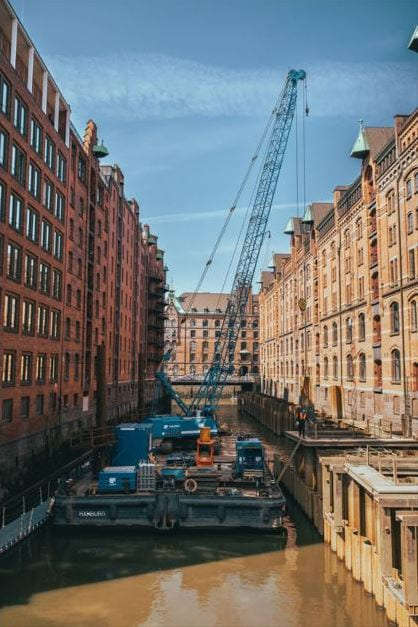
Image 2. HalfenCity, Hamburg, Germany. Source: Unsplash
Energy-efficient Building Renovation
The renovation of existing buildings to meet energy efficiency criteria is crucial in the fight against climate change. By implementing thermal insulation, renewable energy systems, and smart water and energy management technologies, these buildings reduce their carbon footprint while offering their occupants a healthier environment.
Vertical Forest in Milan, Italy
Two residential towers that feature more than 900 trees on their facades, along with thousands of shrubs and flowering plants. Vertical Forest is an innovative concept of green architecture that seeks to integrate vegetation into high-density buildings to improve air quality and promote biodiversity in urban environments.
The vegetation provides oxygen and absorbs CO2. It also helps to regulate the temperature inside the flats and reduce noise.
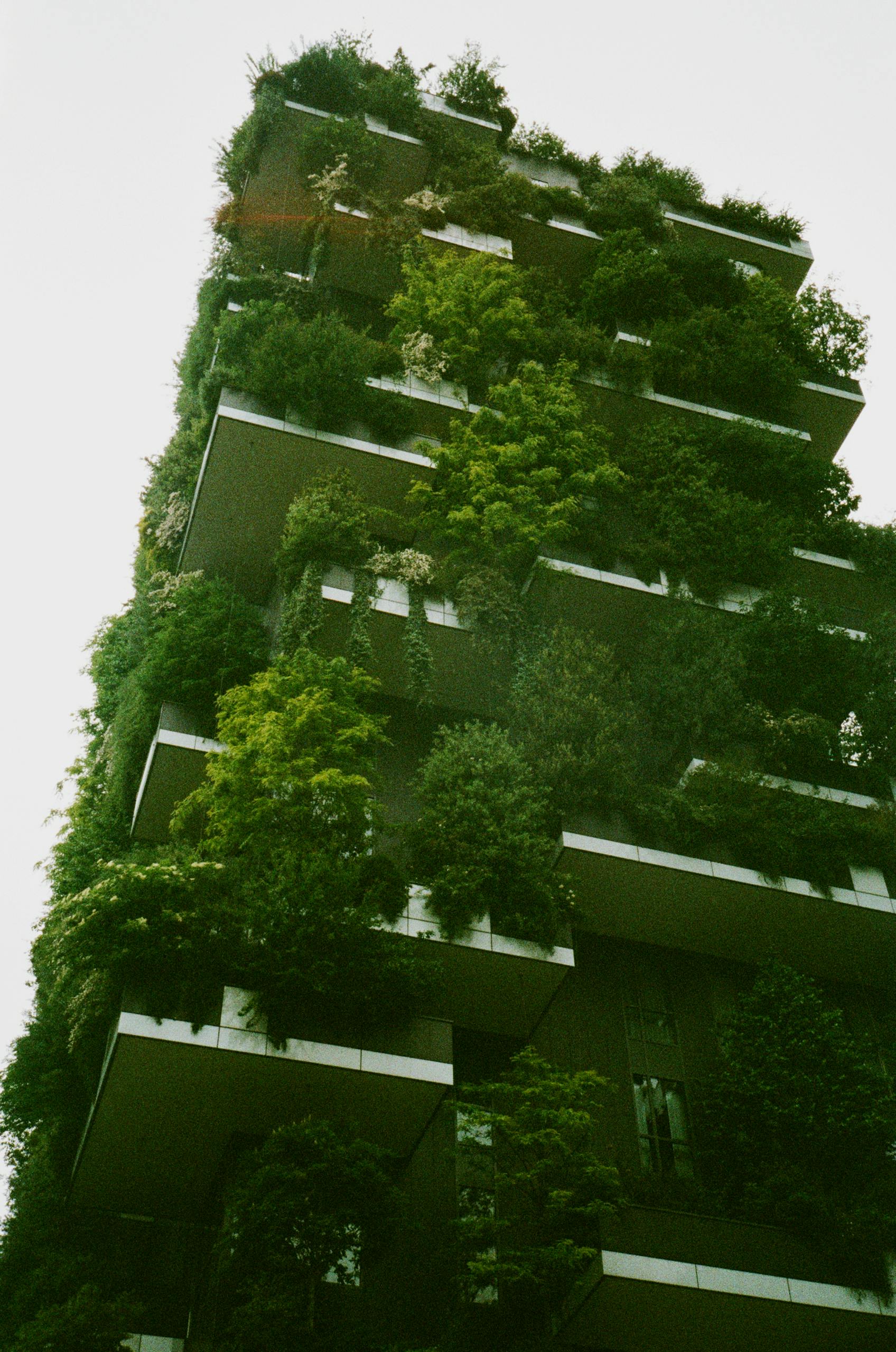
Image 3. Vertical Forest, Milan, Italy. Source: Pexels
Creating Green Infrastructure
Green infrastructure such as parks, vertical gardens and green corridors play a crucial role in improving urban biodiversity and resilience to climate change. These spaces not only provide a refuge for local flora and fauna, but also provide essential ecosystem functions such as air purification, thermal regulation and rain water management. By integrating green infrastructure into urban design, cities can create healthier and more sustainable ecosystems that benefit both the environment and their citizens.
Gardens by the Bay, Singapore
This futuristic 101-hectare park in central Singapore is a spectacular example of green infrastructure. It’s known for its Supertrees Grove, large vertical structures that act as vertical gardens and solar energy collectors.
The park also includes two huge heated greenhouses, the Cloud Forest and the Flower Dome, which house plants from around the world, demonstrating a commitment to conservation and sustainability.
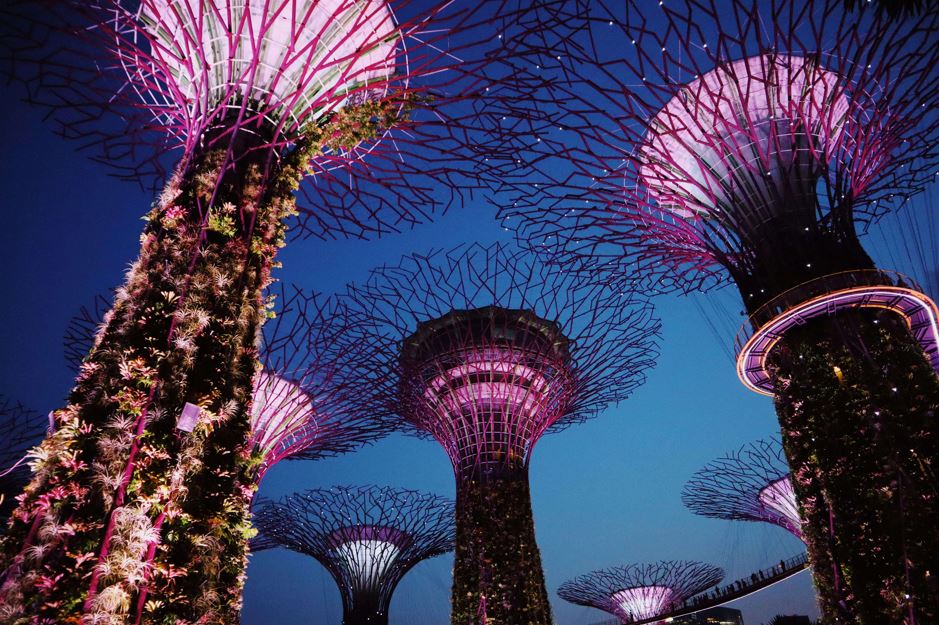
Image 4. Gardens by the Bay, Singapore. Source: Pexels
Trends and the Future of Green Architecture
The future of green architecture and urban regeneration promises significant transformations in the way we design and live in our cities. These practices are evolving rapidly, thanks to innovations in urbanism, technology and sustainability.
15-Minute Cities
The concept of ‘15-minute cities’ is gaining traction as an urban model that promotes proximity and accessibility. This approach seeks to design cities where all essential services, such as jobs, education, commerce, health, entertainment and green spaces, are no more than a 15-minute walk or cycle ride from residents. By integrating green architecture and sustainability principles into this model, cities can improve the quality of life of their inhabitants, promote health and well-being, and respond more effectively to climate change.
Digitalisation and Big Data
Digitalisation and the use of big data are revolutionising green architecture and urban regeneration. Through the collection and analysis of large volumes of data, we can optimise the energy efficiency of buildings, improve the management of resources such as water and waste, and monitor air quality and other environmental indicators in real time. Technologies such as the Internet of Things (IoT) allow buildings and urban spaces to dynamically adapt to the needs of their users, minimising their environmental impact and improving the experience of urban spaces. Digitalisation facilitates citizen participation in urban planning, allowing residents to provide their ideas and feedback on urban projects through digital platforms.
Circular Economy in Construction
Circular economy represents a major shift in the construction industry, focusing on reducing waste, promoting the reuse and recycling of materials, and minimising the environmental impact of construction projects. This approach seeks to close the life cycle of materials by designing buildings that are easily dismantled and reusable at the end of their useful life. A circular economy drives the innovation of sustainable building materials, such as those made from recycled waste or renewable resources.
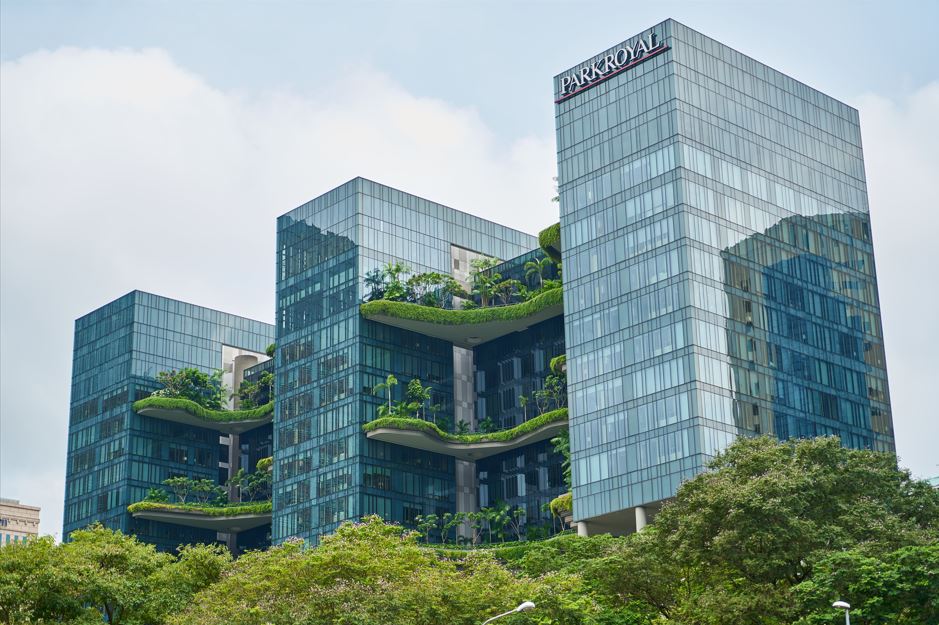
Image 5. Park Royal Hotel exterior in Singapore. Source: Freepik.
The future of green architecture and urban regeneration is envisioned as an integration of sustainable design, advanced technology and principles of circular economy. These practices aim to mitigate the effects of climate change and improve environmental sustainability, as well as create more inclusive, healthy and liveable cities for all residents. As we advance towards this future, it’s essential to foster collaboration between architects, urban planners, governments, businesses and society to ensure that tomorrow’s cities are resilient and sustainable.

